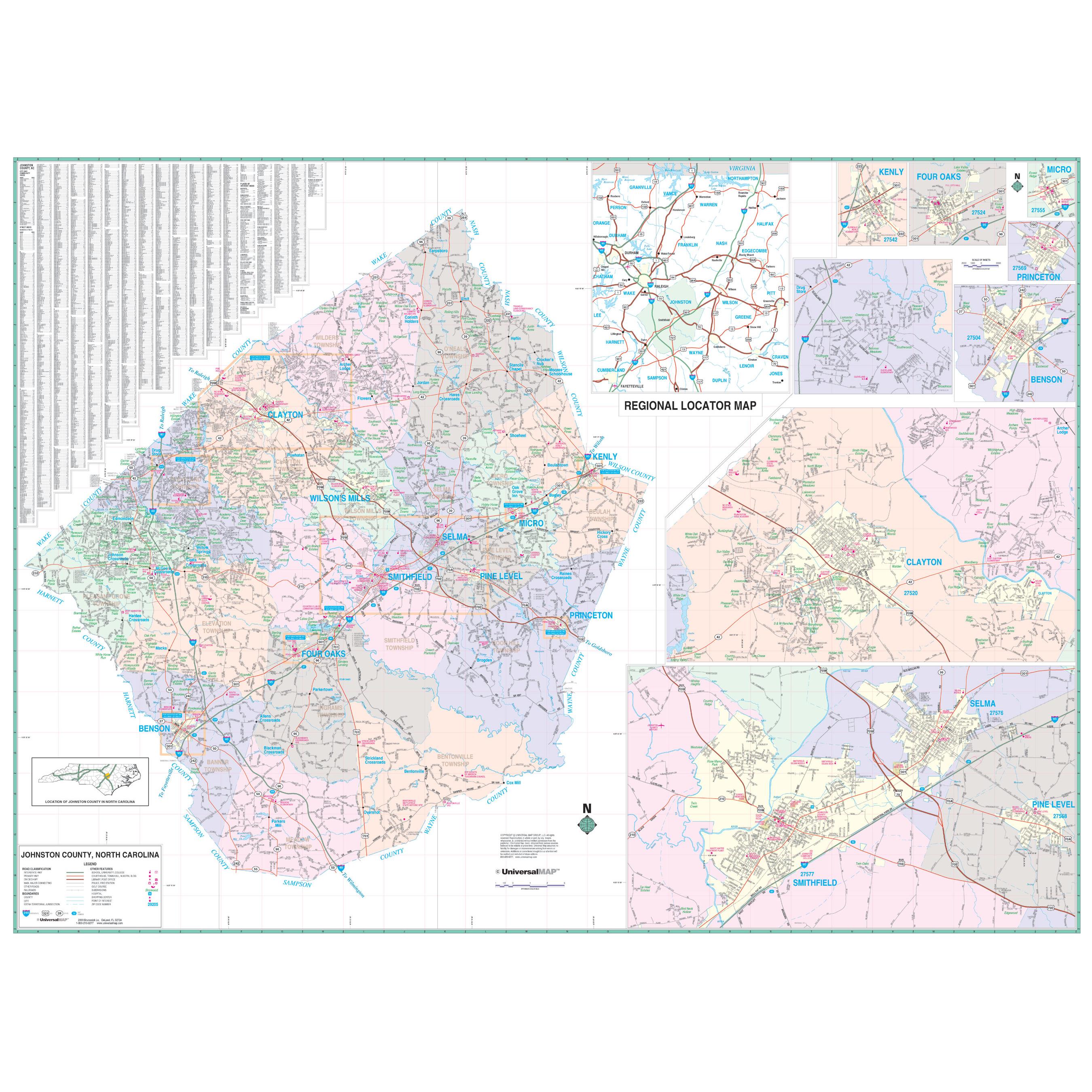
Johnston County NC GIS: The Ultimate Guide You Need!
Introduction
Welcome to the comprehensive guide to Johnston County NC GIS, an indispensable tool for navigating and understanding the diverse landscape of this vibrant region. GIS, or Geographic Information Systems, empowers us with the ability to visualize, analyze, and interpret geographic data, providing unparalleled insights into the county’s infrastructure, demographics, environment, and much more. This guide will delve into the intricacies of Johnston County NC GIS, exploring its capabilities and highlighting its transformative impact on various sectors within the county.
Johnston County NC GIS has emerged as a cornerstone of decision-making processes across multiple disciplines. Planners, engineers, environmentalists, real estate professionals, and even residents utilize this powerful tool to gain a deeper comprehension of the county’s geography and its implications. GIS empowers users to create interactive maps, conduct spatial analysis, and extract valuable information from vast datasets, enabling them to make informed decisions and address complex challenges effectively.
Unveiling the Treasure Trove of Data in Johnston County NC GIS
Johnston County NC GIS serves as a repository of an extensive array of geospatial data, meticulously collected and organized to provide a comprehensive understanding of the county’s geography. These data encompass a wide range of themes, including:
1. Parcel Data: Delving into Land Ownership Patterns
This dataset provides a detailed account of land ownership throughout Johnston County, offering valuable insights into property boundaries, acreage, zoning classifications, and ownership information. Parcel data empower real estate professionals with the ability to identify potential development sites, conduct market analysis, and facilitate land use planning.
2. Transportation Infrastructure: Mapping the County’s Arteries
Johnston County NC GIS meticulously maps the county’s transportation network, encompassing roads, highways, railways, and waterways. This data enables transportation planners to optimize traffic flow, identify congestion hotspots, and plan for future infrastructure improvements to enhance mobility and connectivity.
3. Environmental Resources: Preserving the County’s Natural Treasures
The GIS system houses a wealth of information on Johnston County’s environmental resources, including land cover, water bodies, wetlands, and protected areas. This data empowers environmentalists to assess the county’s ecological health, identify sensitive habitats, and develop strategies to protect and conserve these valuable ecosystems.
4. Demographic Data: Uncovering the County’s Human Landscape
Johnston County NC GIS provides a detailed portrait of the county’s population, including demographics such as age distribution, income levels, education attainment, and housing characteristics. This data is essential for community planners to understand the needs of the population and allocate resources effectively.
5. Utility Infrastructure: Shedding Light on Essential Services
The GIS system houses data on the county’s utility infrastructure, including water lines, sewer lines, and power lines. This information is crucial for utility companies to plan maintenance and expansion projects, ensuring reliable service delivery to residents and businesses.
Empowering Decision-Makers with GIS-Based Tools
Johnston County NC GIS extends beyond mere data storage; it offers a suite of powerful tools that empower users to harness the power of geospatial analysis. These tools include:
1. Interactive Mapping: Visualizing Data with Spatial Context
GIS enables users to create interactive maps that visually represent geospatial data, providing a comprehensive overview of the county’s geography and its various attributes. These maps facilitate data exploration, identify spatial patterns, and aid in decision-making.
2. Spatial Analysis: Uncovering Hidden Insights from Data
The GIS system offers a range of spatial analysis tools that allow users to perform complex operations on geospatial data. These tools facilitate tasks such as overlay analysis, buffer analysis, and proximity analysis, extracting valuable insights and identifying relationships between different datasets.
3. Reporting and Visualization: Communicating Findings Effectively
Johnston County NC GIS provides tools for generating reports and visualizations that effectively communicate the results of GIS analysis. These tools enable users to create visually appealing maps, charts, and tables that clearly convey complex findings to a diverse audience.
Exploring the Wide-Ranging Applications of GIS in Johnston County
GIS finds applications in a multitude of sectors within Johnston County, including:
1. Land Use Planning: Guiding Sustainable Development
GIS empowers planners to analyze land use patterns, identify suitable development areas, and create comprehensive land use plans that promote sustainable growth while preserving the county’s natural resources.
2. Emergency Response: Enhancing Preparedness and Response
GIS plays a crucial role in emergency response by providing real-time data on infrastructure, population, and environmental conditions. This information enables emergency responders to make informed decisions, allocate resources effectively, and mitigate the impact of disasters.
3. Economic Development: Attracting Investment and Growth
GIS provides valuable data and analysis tools for economic development professionals to identify potential investment opportunities, assess market conditions, and develop strategies to attract new businesses and industries to the county.
4. Environmental Management: Preserving the County’s Natural Treasures
GIS empowers environmentalists to monitor environmental conditions, identify areas of concern, and develop plans to protect and restore the county’s natural resources.
5. Public Safety: Enhancing Community Safety
GIS supports public safety initiatives by providing data and analysis tools to identify crime patterns, optimize patrol routes, and improve response times, enhancing community safety.
Conclusion
Johnston County NC GIS has revolutionized the way we understand and interact with the county’s geography. This powerful tool provides a wealth of geospatial data, empowering users with the ability to create interactive maps, conduct spatial analysis, and extract valuable insights. GIS finds applications in a wide range of sectors, including land use planning, emergency response, economic development, environmental management, and public safety. As Johnston County continues to grow and evolve, GIS will undoubtedly play an increasingly vital role in shaping its future.
Leave a Reply